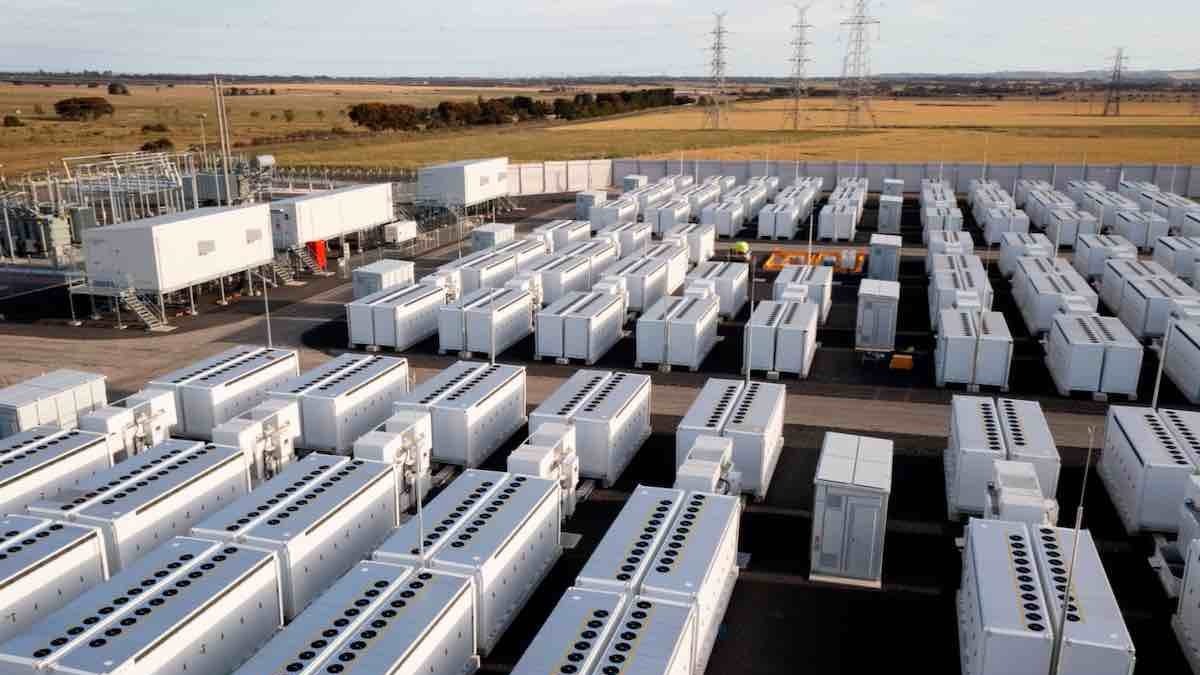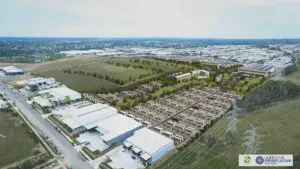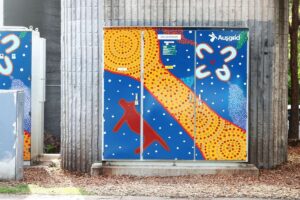Taking a different approach to the deployment of grid-scale battery storage could up to double the capacity of some existing transmission lines in Australia, allowing for the faster connection of new solar and wind projects with less cost and less disruption to communities and nature.
Alex Wonhas, the former head of engineering and system design at the Australian Energy Market Operator with a PhD in Theoretical Physics from the University of Cambridge, says a rethink of the way we use big batteries on the grid could help get the energy transition back on track.
The slow pace of transmission upgrades in Australia and the flow-on effect this is having on large-scale wind and solar project connections is a major thorn in the side of Australia’s renewables industry – and a dampener on investment.
But while governments, grid planners, regulators and network companies negotiate the huge costs and bumpy paths to social licence for these huge projects, Wonhas says batteries offer a workaround to the problem.
“I think there is a real opportunity to use more of what I would call virtual transmission, which has much lower burdens on it,” says Wonhas – who is currently on the board of the NSW government’s EnergyCo.
“What I want to share with you is an approach that at least helps us unlock as much as we can from the existing transmission capacity so we minimise the burden on the planning system, on the environment, and enable the transition,” he told the Clean Energy Investor Conference on Monday.
As Wonhas has explained here, virtual transmission is the concept of increasing the effective capacity of the existing transmission system by putting battery energy storage systems close to centres of demand, of load, rather than next to generation supply assets.
“That’s not just blue sky thinking, but that’s actually happening,” he told the conference in Melbourne.
“So here in Victoria, the first one of those was the Victorian Big Battery that actually increased transmission transfer capacity from New South Wales to Victoria without any building any major new transmission.”
Another example of what are also known as System Integrity Protection Scheme (SIPS) batteries, is the Waratah Super Battery, Wonhas says, which will perform a similar role as the Victoria Big Battery, but in NSW.
“We actually need to think very differently around storage,” he said. “In my view, we have only scratched the surface of what we can do with that [use of batteries].
“If we are taking it to the absolute technical limit, by the right deployment of batteries we can up to double the capacity of, say, a double circuit line.
“And I think in the interest of the speed of the transition and minimising the impacts of these developments, I think we need to do that, especially given that the planning complexity and environmental impacts of a battery plant is much less.”










